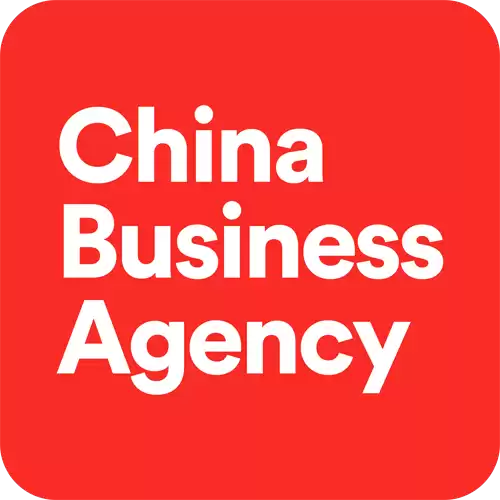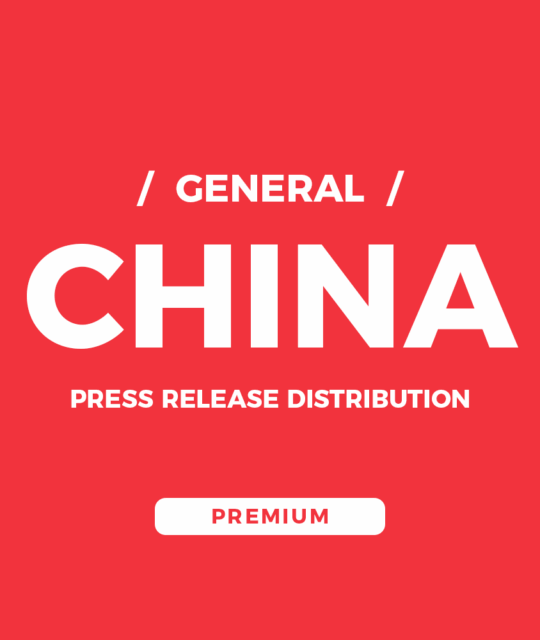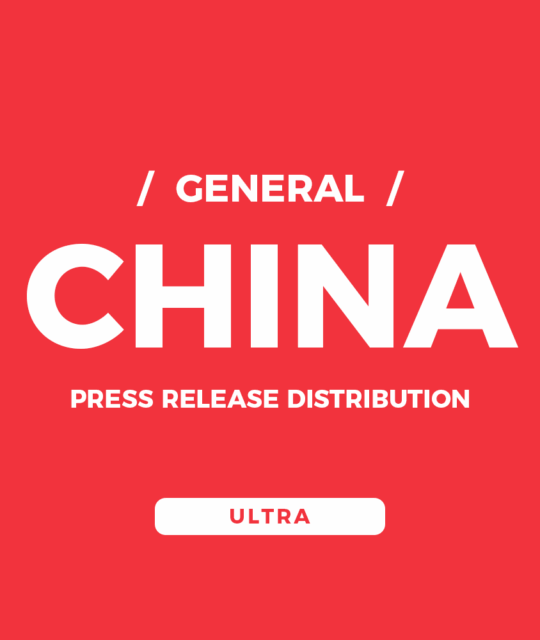China’s Gen Z—digitally native, brand-savvy, and fiercely expressive—is rewriting the rules of brand engagement. For global companies entering the Chinese market, tapping into this demographic means more than influencer marketing—it requires cultural fluency, platform precision, and authentic storytelling. Here’s how brands can effectively collaborate with influencers to capture the hearts and minds of China’s Gen Z.
Understanding Gen Z in China
Born between 1995 and 2010, China’s Gen Z grew up in a mobile-first world, shaped by short video, livestreaming, meme culture, and hyper-personalized social feeds. They are less loyal to legacy brands, more receptive to new ideas, and more likely to support labels that align with their values—from sustainability to self-expression.
They dominate platforms like:
- Douyin (抖音) – the Chinese version of TikTok; perfect for challenges, beauty, fashion, and music content.
- Rednote (小红书/Xiaohongshu) – a lifestyle-driven platform where Gen Z discovers fashion, skincare, and travel content.
- Weibo – a powerful channel for trending topics and celebrity-driven campaigns.
- Bilibili – a haven for niche communities around anime, gaming, knowledge, and subcultures.
Influencer Types That Resonate
To win over Gen Z, it’s essential to choose the right kind of Key Opinion Leader (KOL):
- KOCs (Key Opinion Consumers) – everyday consumers with 1k–10k followers. Trusted for authenticity and product reviews.
- Micro-KOLs – influencers with 10k–100k followers, often focused on niche topics like indie fashion, minimalist beauty, or sustainable living.
- Top-tier KOLs & Celebrities – widely followed, but best used in high-impact launch campaigns and brand collaborations.
- Virtual Influencers (虚拟偶像) – digital avatars like Ayayi and Ling, increasingly followed by Gen Z for their futuristic aesthetic and tech novelty.
Influencer Strategies That Actually Work
1. Co-Create, Don’t Just Sponsor
Engage influencers as collaborators. Let them reinterpret your brand message in their own voice—especially on platforms like Rednote and Douyin. Give them the freedom to innovate within your brand guidelines.
2. Use Livestreaming as the Experience Layer
Livestreaming is central to Gen Z engagement. Partner with KOLs on Douyin or WeChat Channels to do real-time demos, Q&A, unboxings, and flash sales. Create FOMO moments and exclusive incentives.
3. Build Interactive Campaigns
From AR filters to hashtag challenges, interactive formats build virality. On Douyin, a branded dance challenge or transformation trend can spark millions of UGC videos.
4. Tap into Subcultures
China’s Gen Z is segmented by interests: streetwear lovers, tech geeks, minimalist aesthetes, anime fans, wellness seekers. Customize campaigns with influencers rooted in these micro-communities, especially on Bilibili and niche WeChat Channels.
5. Short-form Video First
Don’t just reuse global content. Produce China-specific short videos with localized language, humor, and cultural references. Douyin and Bilibili reward originality and native engagement.
Media and Amplification
KOL engagement should be integrated with strategic media partnerships. At China Business Agency, we amplify content across top-tier outlets like:
- People’s Daily, China Daily, Tencent News, Sina, NetEase, Xinhua, and vertical media like Jiemian, 36Kr, and Yicai.
Combined with KOL seeding on Rednote, Weibo, Douyin, WeChat Channels, and Bilibili, we ensure your campaign gains visibility and stays relevant across both lifestyle and business channels.
How China Business Agency Supports You
As your strategic PR and influencer partner in China, we provide:
- Influencer scouting, contract negotiation, and content co-creation
- Platform-specific content planning and short-video production
- Livestream campaign design with CRM and e-commerce integration
- Paid amplification and multi-platform reporting
- Compliance, legal, and content moderation support
Whether you’re launching a DTC brand, scaling a new collection, or rebranding for Gen Z, we design influencer programs that are localized, measurable, and ROI-driven.



